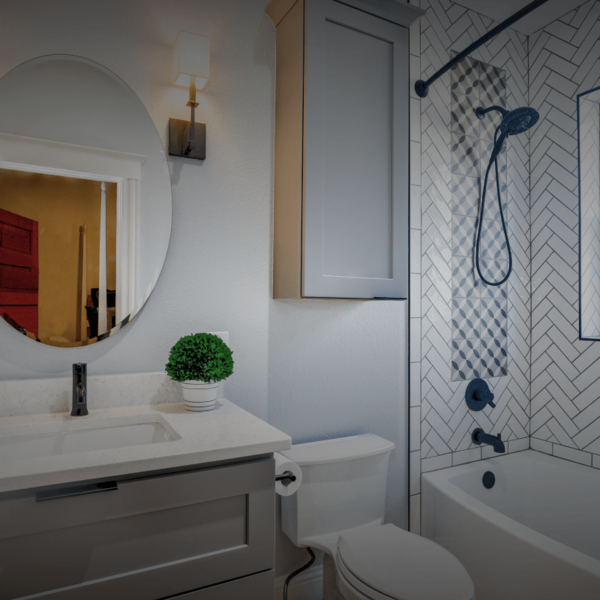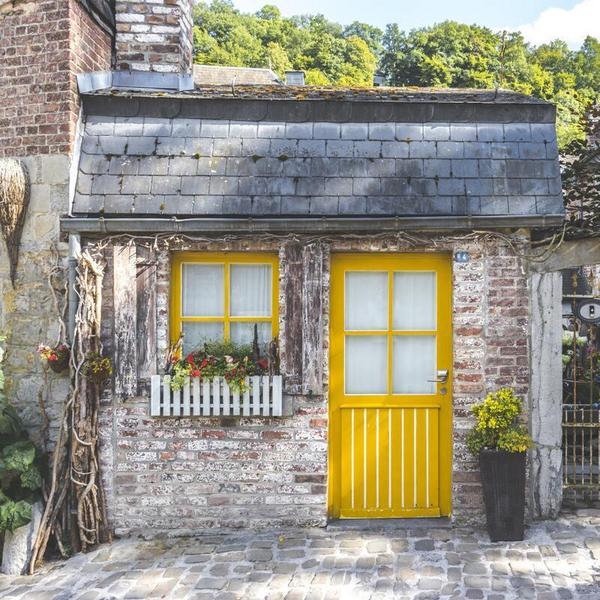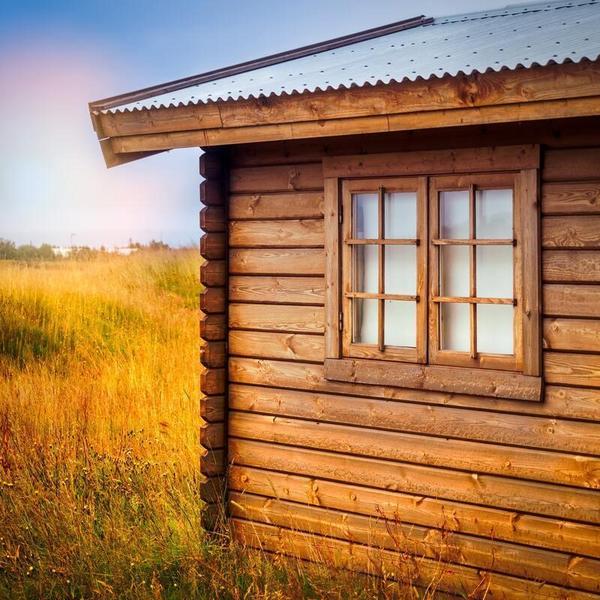Living off grid is an attractive idea to many Tiny House dwellers. It represents yet another layer of freedom. Living Tiny grants freedom from heavy 30-year-plus mortgages. Living Tiny off the grid grants additional freedom of location. It’s no longer necessary to be within reach of municipal utilities. It also grants additional financial freedom. No more paying for utilities. Yes, there’s an initial cost investment involved, but it pays off in time. To some people, “off the grid” also means off the radar in terms of urban zoning issues. And living off grid is a self-reliable lifestyle. It enables us to potentially provide for all of our basic needs from the land we live on. That’s an empowering place to be.
Other reasons for living off the grid
- Sustainable living. Living off grid is a lifestyle that involves sourcing our own energy naturally, without damaging the planet we call home. Wind power, solar power, or hydropower is used to run the Tiny House, rather than non-renewable resources. Of course, a generator is also an option, though not a common one due to the accompanying noise and smell, not to mention the use of fossil fuels.
- Power outages don’t affect those who are off the grid. The on-site alternative energy system continues to do its thing.
What does it mean to live off the grid?
Living off the grid means:
- Providing your own source of electricity, rather than plugging into municipal power.
- Providing your own water, such as from a well or a natural spring.
- Managing your own waste, via on-site septic system or composting toilet or maybe an outhouse; and draining to a greywater system, rather than dumping into a city sewer system.
- Often, off grid living also means producing your own food—growing gardens, wildcrafting, maybe hunting or fishing, keeping poultry or ducks for eggs, or cows or goats for milk & other dairy products, and perhaps raising animals for meat.
What does an off grid lifestyle entail?
Off grid living means living in a non-wasteful way. Electricity tends not to be wasted when the elements and the finite capacity of storage batteries are being relied upon. Excess garbage isn’t produced when there are no curb side pick-up services. Water isn’t wasted if the well produces a limited flow or the water has to be carried to the house. It’s great if these measures are taken simply out of the desire to live lightly on the planet. But with off grid living, to some degree there isn’t a choice.
How to Get Started Living Off the Grid?
Normally, the first step to going off grid is to purchase land. But with a Tiny House, this most expensive investment isn’t even necessary. Assuming the region of choice isn’t unfriendly toward off-grid living, it’s possible for a Tiny House to be off the grid in either an urban setting or a remote natural environment.
- For Tiny House off grid living, the most important factors are power supply and water supply.
- Once the energy source is determined, power storage and delivery systems can be designed.
- Heating and cooling methods and equipment are the next major components to determine.
- Water storage can also have a large impact if it’s to occupy indoor space.
- Appliances can be selected in accordance with the energy source to be used, as well as the space available.
Components of an Off Grid Tiny House
Next, I’ll walk you through the various systems involved in an off grid Tiny House, including:
- Off grid power options for Tiny Houses
- Off grid appliances for Tiny Houses
- Off grid heating and cooling for Tiny Houses
- Off grid hot water for Tiny Houses
- Off grid water supply for Tiny Houses
- Off grid toilets for Tiny Houses
- Off grid garbage for Tiny Houses
- Off grid waste water for Tiny Houses
- Off grid food preservation for Tiny Houses
Off Grid Power for Tiny Houses
A number of options exist for providing alternative energy to power Tiny Houses:
Solar Power for Tiny Houses
One benefit of Tiny Houses with regards to solar panels is that the solar array can be placed on a wheeled cart, located in full sun, while the Tiny House remains in the shade. And if it’s worth it, both the house and the solar cart can be moved seasonally to alternate locations on the property to optimize shade and solar gain, respectively.
Thanks to the Tesla company and others, we now have the option of solar tiles for roofing our Tiny Houses, rather than investing in separate solar panels. And several of the options are even aesthetically pleasing. Check it out here.

Some U.S. states have programs that allow solar panels to be leased rather than purchased. This can be a great option if funds are short for investing in a system upfront.
Wind Power for Tiny Houses
The sensibility of using wind power is highly location-dependent. Studies show that locations with a constant, steady wind are much more effective than occasional gusts. A few daily hours of windy conditions can make for an effective partial or back-up source of power. Wind turbines can be noisy, so take care in the selection of equipment, as well as how near the Tiny House they are placed.
Hydropower for Tiny Houses
If access to a sizable year-round stream or river is available, hydropower can be a great option for providing a Tiny House’s energy needs. Be sure to take care not to negatively impact the stream’s natural habitats and the community of plants and animals that depend on them. Energy Systems and Design is one source of information and products for a micro hydropower system. Check them out here.
Battery Banks
Alternative energy sources generally do not produce output continuously. A battery bank is necessary to store electricity so the ice cream doesn’t melt when the sun isn’t shining. Batteries do require maintenance, so this is an additional chore involved with off grid living. While information on determining battery storage needs is a bit beyond the scope of this article, I’ll direct you to the wealth of information at Wholesale Solar, a company that offers Tiny House-specific solar products and information.
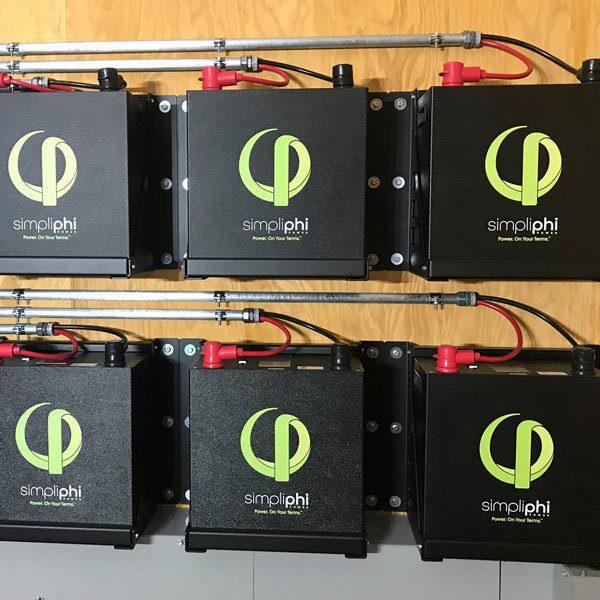
Back-Up Power
Some off-grid Tiny House dwellers opt for a generator as a back-up system. It’s always possible for something to break down or go wrong with the primary energy system, so an emergency provision is wise for meeting energy needs while the main power system is down or under maintenance.
Some off-grid dwellers use a belt-and-suspenders approach of two or more alternative energy sources—wind and solar power, for example. That way, they’re still covered if one system isn’t generating power for any reason. And this approach doesn’t require any dependence on fossil fuels.
Off Grid Appliances for Tiny Houses
Some appliances are better than others for living off the grid. Choose low wattage appliances. Energy Star ratings are a good place to start. Marine and RV models can be great options. Consider solar powered ovens and refrigerators. Keep in mind that it may be necessary in an off-grid situation to use appliances one at a time. Here are a few ideas to help get started:
- The Solavore Solar Oven operates without electricity, and doesn’t take up any space in the Tiny House since it’s meant for outdoor use. Find out more here: http://www.solavore.com/. Image credit: http://www.solavore.com/
- An outdoor cob pizza oven might be a fun addition to the homestead. And it’s very economical to build. Here’s a helpful how-to video:
- Dometic Americana 3-way Series RV Refrigerator can run on AC, DC, or propane and requires only minimal electricity to spark. Find out more here.
- SunDanzer offers DC-powered refrigerators, freezers, and combos that run off of solar, wind, fuel cells, or batteries. Their products can be found here.
- Camp stoves in general are a great off-grid option for those who don’t mind cooking outdoors. The BioLite CampStove 2 is fueled by wood (or pellets, pine cones, or other small biomass) rather than fuel canisters. And it generates enough power during use to charge a mobile phone. Find out more here.
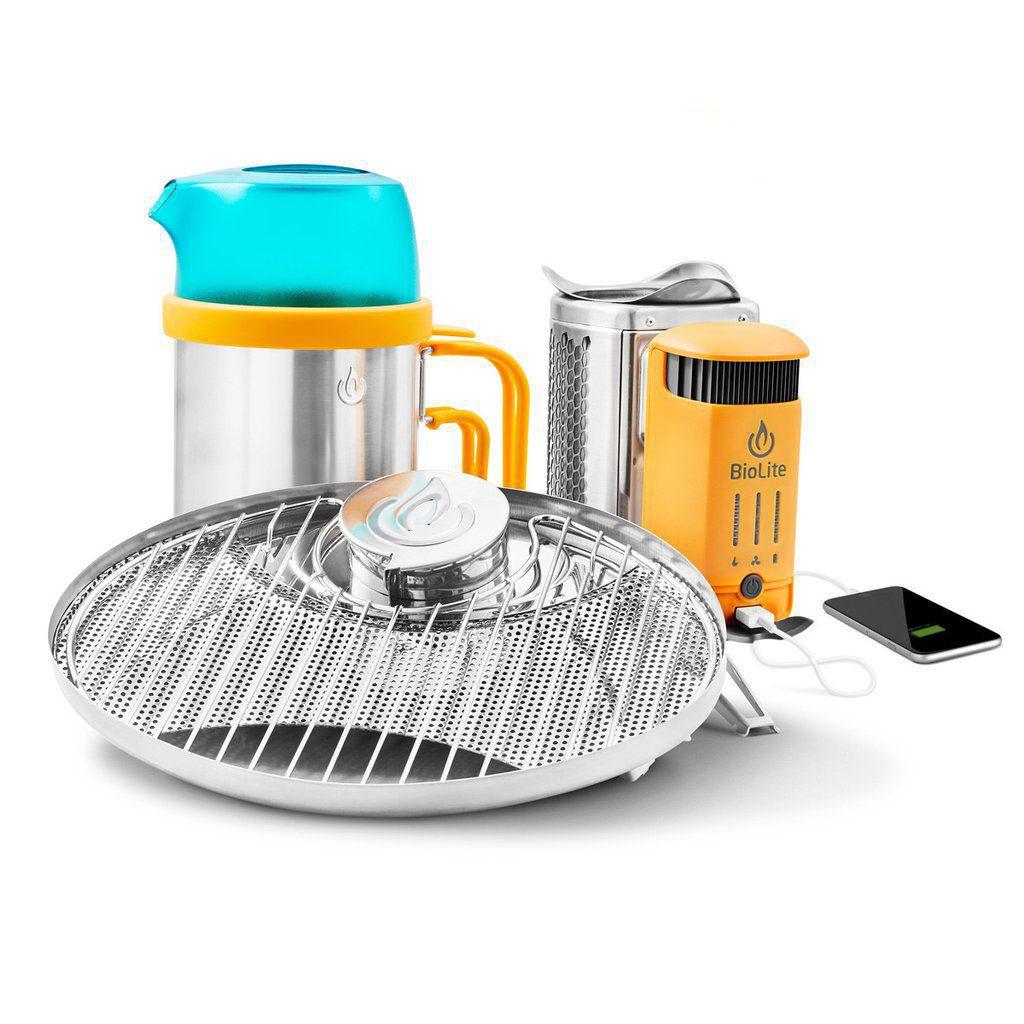
- A number of clothes washers are available for doing laundry without electricity. The Laundry Alternative Wonder Wash is one of the most popular. It’s both portable and affordable, and it takes up very little space. Find it here.
- Line-drying makes the most sense for drying laundry off-grid. In cold or wet weather, items can be hung up to dry indoors in the Tiny House. Speaking from experience, you’ll want to plan laundry days around visitors, unless they don’t mind dodging damp socks and towels. For those who can’t live without a clothes dryer, an Energy Star rated washer-dryer combo will probably be your best bet.
- Personally, I don’t see any need for a dishwasher in an off-grid lifestyle. Washing dishes by hand is simple and easy. And drip-drying or towel-drying is free from an energy-use perspective. However, for those who insist that a dishwasher is a necessity of life, choose an EnergyStar rated appliance such as the Danby 18" Built-In Energy Star Stainless Steel Dishwasher, found here.
Off Grid Heating for Tiny Houses
Electric space heaters are generally high-wattage and not a good choice for alternative energy sources. Instead, look to options that are fueled by wood, propane, gas, or the sun.
Wood
Heating with wood stoves is a popular choice for off grid living. Fortunately, it takes a relatively small wood supply to keep a Tiny House warm. There are a number of tiny woodstoves available that are appropriate for Tiny Houses.
Take care to insure that a wood stove is installed properly, with safe clearances from any combustible materials. And be sure to allow for proper air intake to the space when using the woodstove.
Having a woodstove in your Tiny House may affect your house insurance premiums, and your ability to certify your Tiny House as an RV, though this latter consideration is likely not a huge issue if you’re choosing to live off grid.
Another consideration if heating exclusively with wood is that the house will get cold whenever you’re away and not tending the fire for several hours or more.
The Tinywoodstove website has a lot of information and product options for choosing and using a woodstove in a Tiny House.
Propane or Gas
If choosing a propane or gas heater, select a direct vent unit. Otherwise, dangerous fumes can build up quickly in the small space. A non-electric ignition is important if dependence on electricity is undesirable. RV models are a good place to start.
Solar
Yet another option is a solar heater, such as the solar air heaters from Ecosolaris
Off Grid Cooling for Tiny Houses
If it’s an option to locate the Tiny House in a way to take advantage of shade and prevailing breezes, by all means do it. Adding shading devices such as awnings can also help. And in somewhat moderate climates, using fans may keep indoor temperatures tolerable.
But in some situations, these provisions won’t be enough, and an air conditioning unit might be in order. Swamp coolers are an option for arid areas, but the moisture quickly becomes an issue for Tiny Houses located in humid climates.
An example of a relatively small, efficient air conditioner that has been used with alternative energy sources is the Mitsubishi - 6k BTU Cooling + Heating - M-Series H2i Wall Mounted Air Conditioning System, which provides cooling in the warm seasons and heat in the cooler seasons. Check it out here.
Off Grid Hot Water for Tiny Houses
There’s always the old-school route of heating water on a woodstove, but it’s not exactly convenient. Though it is a great back-up option. The most popular method for heating water for a Tiny House, whether on the grid or off, is an instant hot water heater, fueled by gas or propane. The PrecisionTemp RV-550 NSP is one popular model. It can be found here.
Off Grid Water Supply for Tiny Houses
The simplest, most rustic option is to haul water to the house, store it in conveniently-sized containers, and heat it on the stove. This system might involve a gravity-fed shower or sponge baths.
Bulk water delivery requires water storage tanks that suit the local climate. If the region experiences freezing temperatures and the water is to be stored outdoors, consider either a below-ground water tank (below the frost line) or a water tank heater appropriate for outdoor use. A popular location for Tiny House indoor water tanks is inside kitchen lower cabinets, where they’re out of sight and near one of their primary usage points. 40-gallon tanks seem to be the norm for Tiny House water storage.
A water pump makes tank water usage much more convenient, conveying the water throughout the house and pressurizing it. A water pump will also be part of the system for a Tiny House supplied by an on-site water source such as well. Check natural water sources for contaminants before using, and filter as necessary.
Off Grid Toilets for Tiny Houses
It’s time to talk about composting toilets! There are many options for low-energy Tiny House toilets, but I’ll cast a vote for the good ol’ bucket system when it comes to living off the grid. Also known as the ’lovable loo’ per The Humanure Handbook, this simplest-of-simple systems requires no electricity and returns bio-waste safely to the natural environment without any negative effects. I’ve used it successfully in my own Tiny House for four years and can report that it really does work. And it really doesn’t stink. And it takes up less space than most of the commercially available options.
Connecting to an on-site septic system is another, significantly more expensive, option for those who aren’t interested in the composting route.
Off Grid Garbage for Tiny Houses
One aspect of off grid living that isn’t always mentioned is garbage and recycling. In an off-grid situation, there isn’t a curbside service that comes to pick up the municipal waste bins on a weekly basis. Off grid Tiny House dwellers must haul all of the non-compostable trash they produce to a landfill, and carry their recycling to a proper drop-off facility. It’s ideal incentive for a low- or no-waste lifestyle!
Off Grid Waste Water for Tiny Houses
It’s important to release used water back to the environment in a responsible way. When off grid, there’s no option to drain dirty water into a sewer system with no thought as to what happens to it next. Greywater systems are the most common way of handling used (non-sewage) water from sinks, washing machines, dishwashers, tubs, and showers in an off grid Tiny House.
Start by researching the rules and regulations concerning greywater in the local area. Some of the following options may or may not be available, given the location:
- For somewhat permanent locations, a greywater wetland can be established. This option may involve installing a pump and a filter.
- If the land near the Tiny House is sloped, a system of gravity-fed filtration buckets can be employed. The water is fed through a series of buckets filled with gravel, each downhill from the previous one.
- A commercial greywater system can be purchased, such as the Aqua2use greywater system available here
- Another option is to collect your greywater in a tank and haul it off-site to an appropriate dumping station.
Off Grid Food Preservation for Tiny Houses
- If there’s space on your property, consider building an in-ground root cellar for storing produce.
- Try drying or canning your food instead of freezing it.
- Choose an energy-efficient refrigerator/freezer. A few ideas are listed in the Off Grid Appliances section above.
- In some situations, keeping a 7-day cooler stocked with ice might be sufficient. There might come a time, however, that you want more variety or are unable to restock your cooler frequently. In these scenarios, having the flexibility to order food online can be a lifesaver. Many companies offer a broad range of delicious prepared meals that don’t require refrigeration until they’re ready to be cooked. It’s a convenient way to ensure you have diverse and tasty meals while living off the grid.
- When planning your garden, choose vegetables that store well, such as onions, potatoes, sweet potatoes, carrots, and squash.
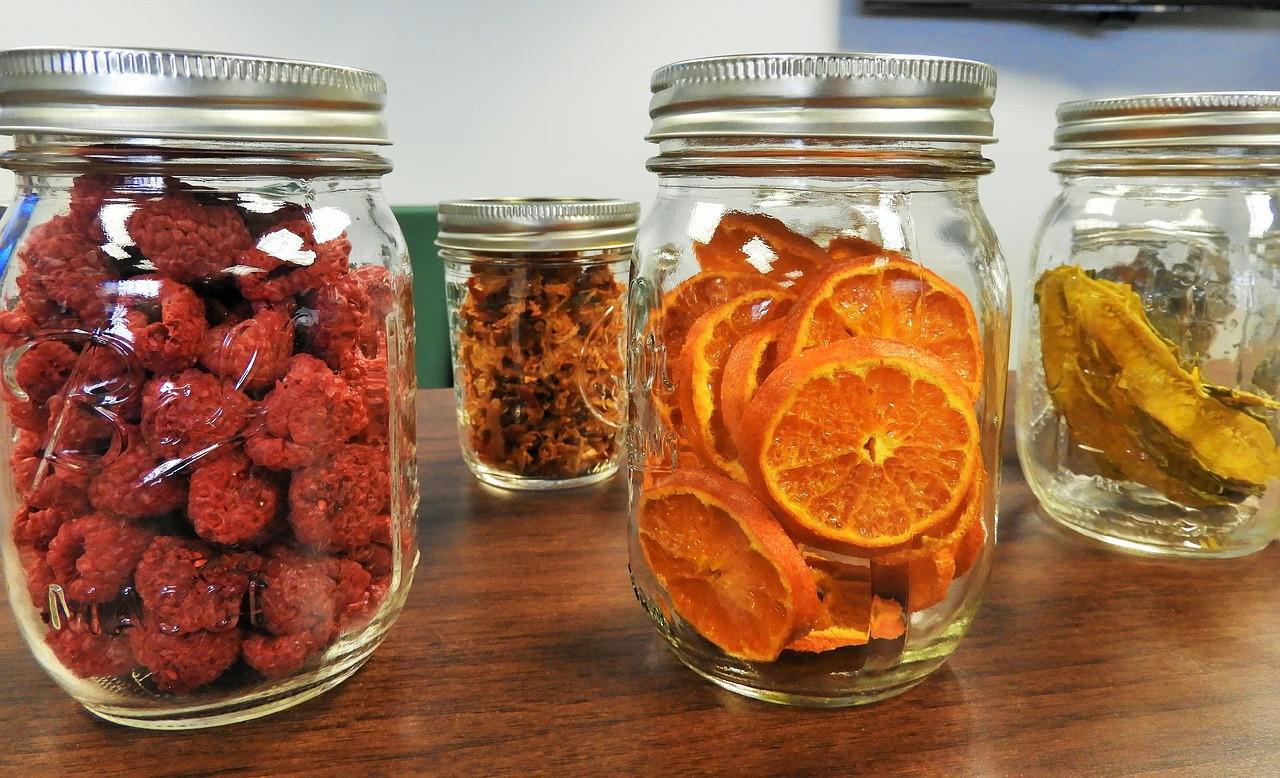
Which states allow off grid living?
Best States to Live Off Grid
According to survivalist and prepper websites, the best U.S. states in which to live off the grid are:
- Hawaii: comfortable climate; high percentage of off grid land
- Missouri: affordable; friendly regulations; long growing season
- Washington State: easy to grow food and engage in ranching
- Oregon: strong existing presence of off grid communities
- Tennessee: low tax burdens; long growing season
Worst States to Live Off Grid
U.S. states that are unfriendly toward off grid living include:
- Florida: laws/codes forbid it
- North Carolina: rules against building with salvaged/noncommercial materials
- Pennsylvania: requires a lot of fees and licensing regarding use of alternative energy
- Arizona: state has been considering taxes on solar energy use
Be aware that some cities frown on off the grid living when children are involved. This is an antiquated way of thinking, in my opinion, as modern off grid living no longer means roughing it (though you could certainly choose to do it that way).
Cost of Living Off the Grid
It’s possible to live off the grid very inexpensively, if a ‘chop wood, carry water’ ethic is embraced. But for those of us who prefer some of the modern conveniences, there are start-up costs involved that can initially drive an off the grid lifestyle higher than being plugged in. Solar panels and batteries aren’t cheap (though prices continue to drop), and energy-efficient appliances can involve higher expenditure. But the initial costs start to pay for themselves. And there’s no price tag on the freedom to live in a wild place of natural beauty.
Purchasing property is less expensive if it’s undeveloped—that is, not hooked up to the grid. Sure, the local utilities could be called in to hook up to the property, but the price to do so might be reason in and of itself to give off grid living a try.
Off the Grid Communities
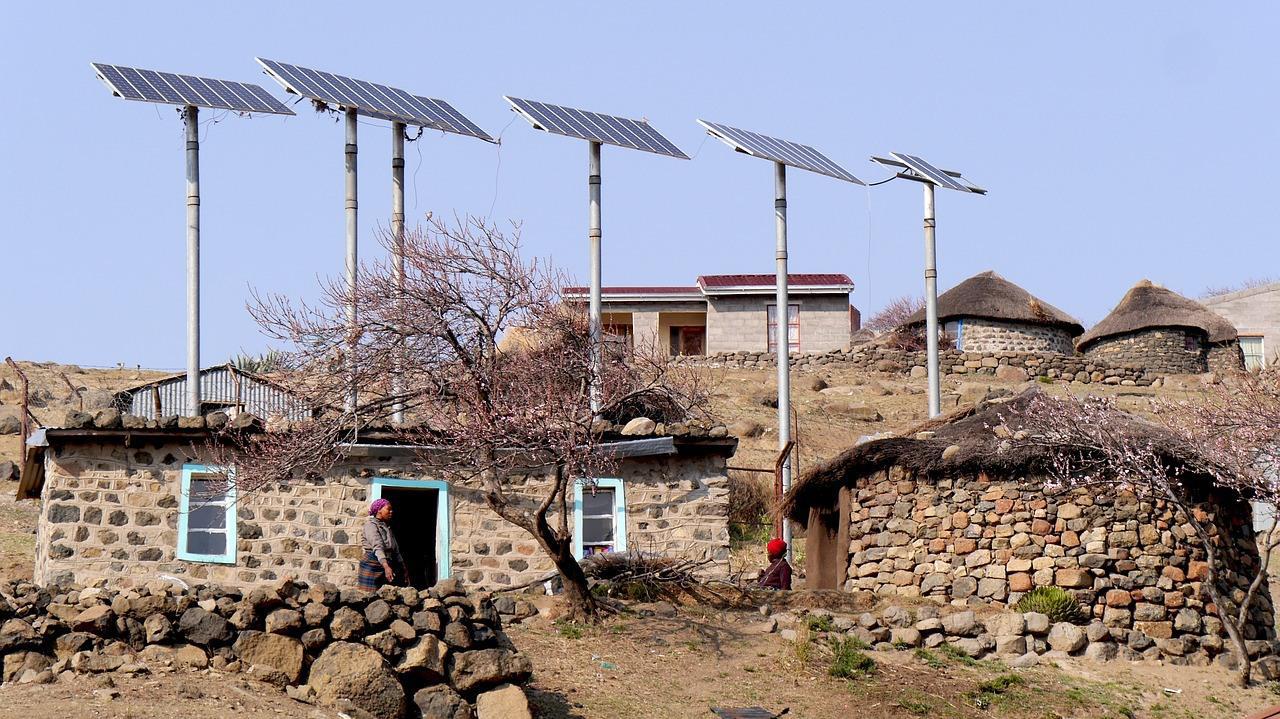
Tiny House communities are an ideal situation for many Tiny House dwellers. Sharing important lifestyle elements with neighbors can create a wonderful sense of community. And it allows for the sharing of resources, making the Tiny lifestyle even more manageable.
Tiny House communities are especially beneficial when living off the grid. The community can share a water source or resources for generating power. Perhaps a small wind farm could be collectively financed to supply the entire community. Composting and gardening activities can be shared. Community members more experienced with Tiny House or off grid lifestyles can share valuable knowledge and experience with those who are newly embarking on the Tiny life, or have recently unplugged from the grid. Many hands are available for new construction or on-going maintenance projects. And the land itself can be purchased as a group.
Conclusion
Off grid living isn’t for everybody. It involves sacrifices, conservationist lifestyle practices, and at times, hard work. But for those who are ready and willing, the benefits are more than worth it.
Once provisions are in place for off grid methods of providing energy to power the Tiny House, bringing water to the Tiny House, responsibly managing solid waste and greywater, and developing methods for providing, preserving, and storing food for those living in the Tiny House, there are no dependencies on governments, utility companies, or other outside forces.
The rewards of freedom, self-sufficiency, and the satisfaction of living lightly on the land can’t be measured.

